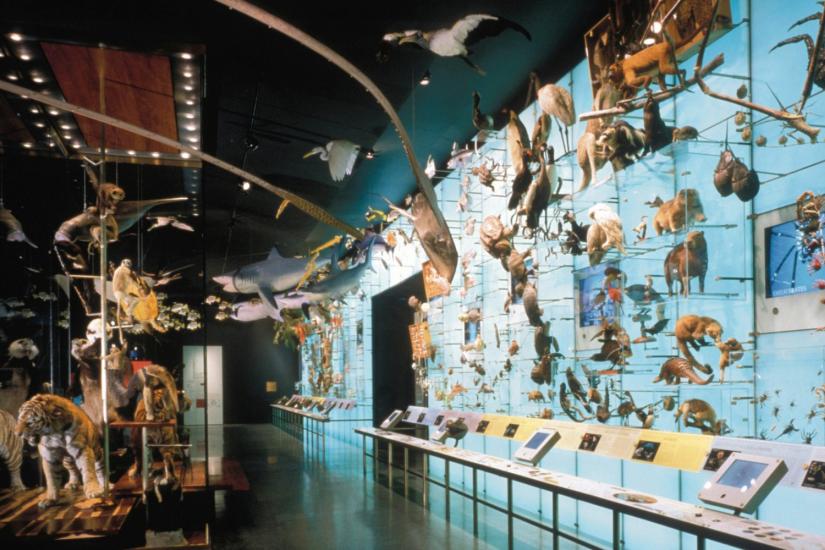
Few scientific concepts have the same amount of public resonance as the notion of biodiversity. The talk traces the creation of this relatively new concept and its impact on scientific research. I show based on archival documents that the neologism was coined in the mid-1980s by conservation biologists connected to the U.S. National Committee of the UNESCO Man and the Biosphere (MAB) program to buffer the adverse economic impacts of an announced withdrawal of the United States from UNESCO. The notion of biodiversity was invented as a catchphrase for public campaigning to find alternative sources of institutional support. With the use of the new term went a new strategy for communicating the importance of studying diversity in nature. Under the UNESCO MAB program, diversity was heralded as a contributor to the stability of ecosystems, captured by the so-called diversity-stability hypothesis. Unlike the diversity-stability hypothesis, however, the concept of biodiversity was not tied to a specific justification for research and policymaking. Biodiversity can be described as a boundary object that is marked by interpretative flexibility, meaning different things to different audiences. This flexibility of the concept was not a design flaw, but an intended feature. It reflected the need to appeal to a wide range of funding agencies. I show that even though the openness of the new concept worked well in connecting scientists to multiple audiences, it did for the same reasons not do very well in guiding scientific research, resulting in a more recent loss of salience of the concept.
I am a historical sociologist with a research focus on the sociology of science and environmental politics. After receiving my PhD from the University of Chicago, I worked at the Max Planck Institute for the History of Science, the University of California Los Angeles, and the Institutes for Advanced Study at CEU and Aarhus University. I am currently a Distinguished Fellow at the Max Weber Centre for Advanced Cultural and Social Studies at the University of Erfurt. In my most recent research, I look at the intersection of scientific classifications in the life sciences and the social sciences.
Non-CEU participants or for online attendance please register here.
*Photo credit: Hall of Biodiversity - American Museum of Natural History